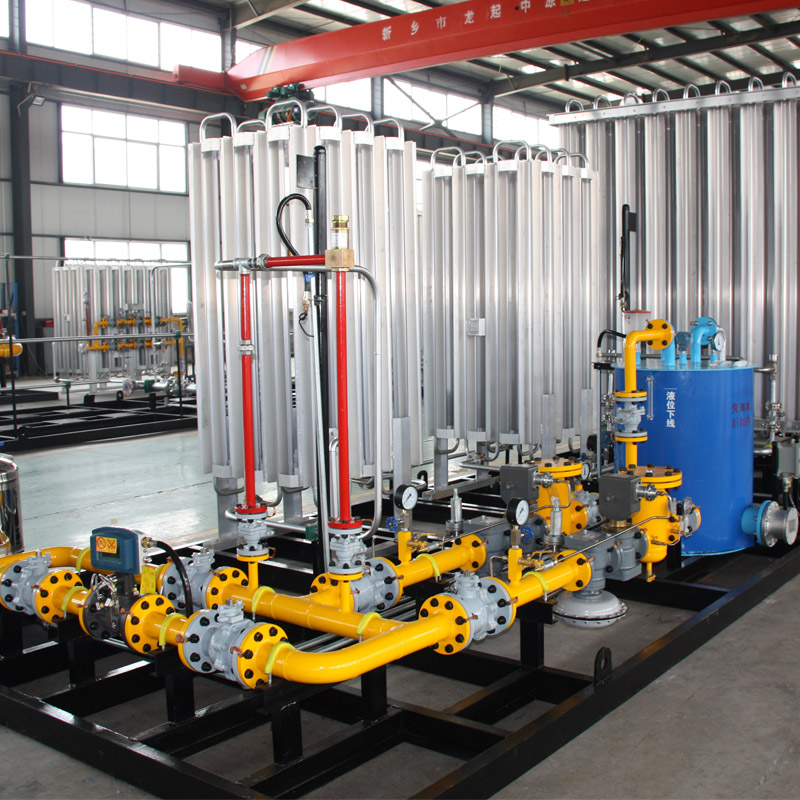
Dec . 24, 2024 01:13
Back to list
Understanding the Functionality of Gas Pressure Regulator Valves for Safe Operation
Understanding Gas Pressure Regulator Valves
Gas pressure regulator valves are essential components in various industrial and residential applications, primarily used to control the pressure of gases in pipelines. These valves ensure that gas is delivered at a consistent and safe pressure, preventing damage to equipment and ensuring the safety of users. In this article, we will explore the functions, types, and importance of gas pressure regulator valves.
What is a Gas Pressure Regulator Valve?
A gas pressure regulator valve is a device that automatically cuts off the flow of gas when the pressure reaches a preset level, while also maintaining the desired outlet pressure. These valves respond to changes in supply pressure and flow demands, providing a stable output pressure irrespective of fluctuations in input pressure.
How Do Gas Pressure Regulators Work?
Gas pressure regulators operate by using a combination of mechanical and pneumatic principles. At the core of the regulator is a diaphragm, which separates the regulated gas from the atmospheric pressure. When the gas enters the regulator, it pushes against the diaphragm. If the gas pressure exceeds the set point, the diaphragm moves and activates a control mechanism that reduces the flow of gas.
The regulator is calibrated to open or close in response to changes in pressure. When the downstream pressure falls below a set threshold, the regulator will allow more gas to flow through, while if the pressure exceeds this threshold, it will restrict the flow. This continuous adjustment process ensures that the downstream system receives a steady pressure.
Types of Gas Pressure Regulators
There are various types of gas pressure regulators, each suited for specific applications
1. Single-Stage Regulators These regulators are typically used for low-pressure systems. They reduce the incoming gas pressure in one step and are straightforward in design.
2. Two-Stage Regulators Used for applications requiring a more stable output pressure, two-stage regulators first reduce the pressure to an intermediate level before reaching the final outlet pressure. This two-step process helps mitigate variations caused by fluctuations in supply pressure.
gas pressure regulator valve

3. High-Pressure Regulators Designed to handle high gas pressures, these regulators are commonly found in industrial applications where high-capacity gas flow is required.
4. Dome-Loaded Regulators These have an external pressure source, usually a gas or liquid, applied to a dome over the diaphragm. This enables more precise control over the outlet pressure.
Importance of Gas Pressure Regulators
Gas pressure regulators serve several vital functions
- Safety By controlling high gas pressures and preventing over-pressurization, these valves enhance safety in residential and industrial environments. Over-pressurized systems can lead to explosions or equipment failure.
- Efficiency Regulators ensure that gas systems operate efficiently by providing a steady flow rate. This can lead to better fuel efficiency and cost savings.
- Equipment Protection Many gas-powered devices and systems are sensitive to pressure changes. Regulators protect equipment from damage caused by pressure surges, extending the lifespan of appliances.
- Regulatory Compliance In many jurisdictions, proper regulation and delivery of gases are mandated by law. Using appropriate regulators helps establishments comply with safety and regulatory standards.
Conclusion
In conclusion, gas pressure regulator valves play a crucial role in managing gas distribution in various applications. Their ability to maintain consistent pressure levels not only enhances operational efficiency but also ensures the safety of both equipment and individuals. Understanding the function and significance of these devices is essential for anyone involved in the management and operation of gas systems. As technology advances, we can expect to see continued innovations in gas pressure regulation, further improving safety and efficiency in gas handling systems.
Latest news
-
Safety Valve Spring-Loaded Design Overpressure ProtectionNewsJul.25,2025
-
Precision Voltage Regulator AC5 Accuracy Grade PerformanceNewsJul.25,2025
-
Natural Gas Pressure Regulating Skid Industrial Pipeline ApplicationsNewsJul.25,2025
-
Natural Gas Filter Stainless Steel Mesh Element DesignNewsJul.25,2025
-
Gas Pressure Regulator Valve Direct-Acting Spring-Loaded DesignNewsJul.25,2025
-
Decompression Equipment Multi-Stage Heat Exchange System DesignNewsJul.25,2025

